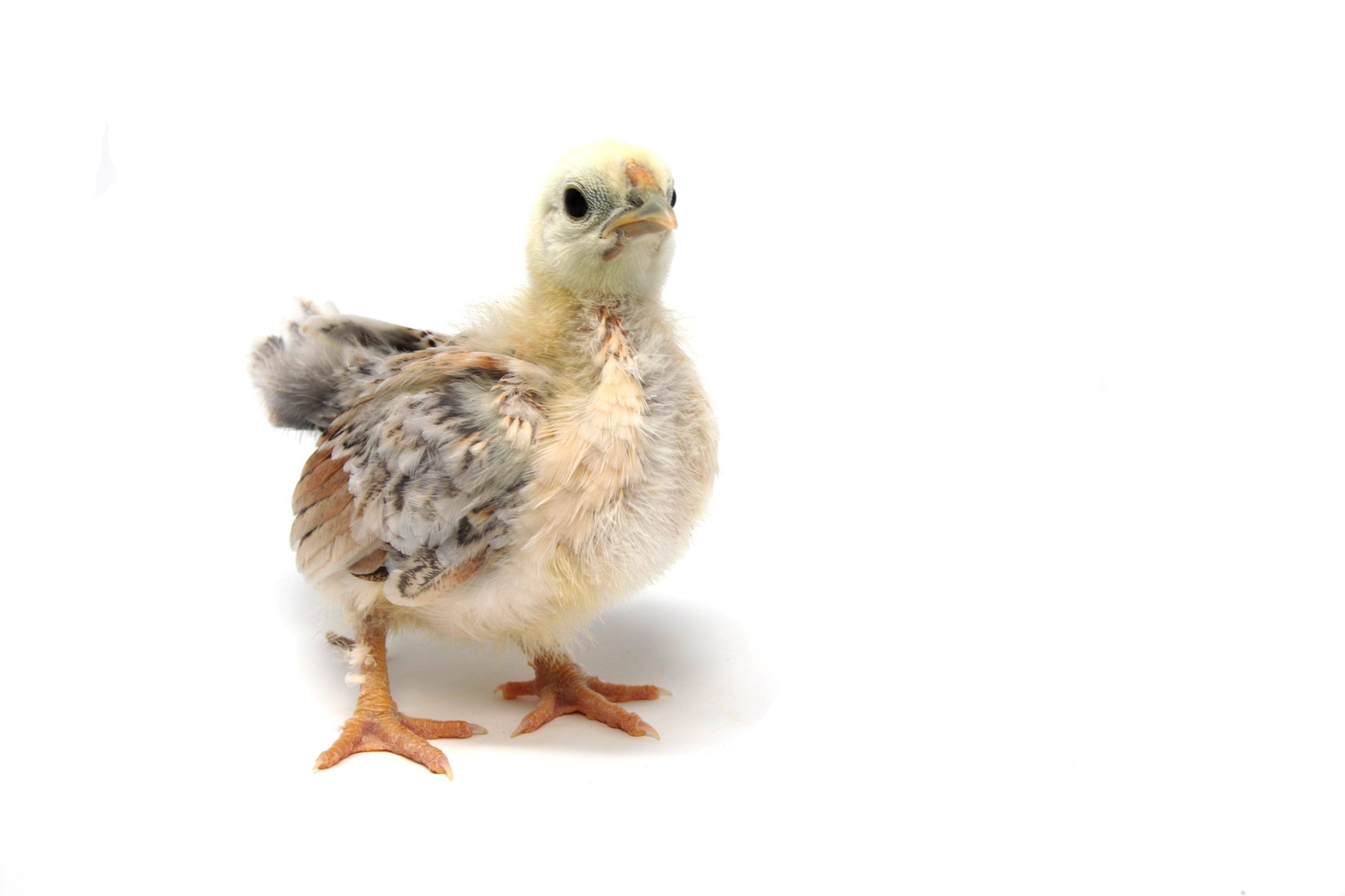The second annual poultry tech summit took place in November, and from what Caroline Forest, chief sales and marketing officer at Canadian poultry tech company Intelia says, it was a landmark event for the rapidly-growing space. Considering that Americans are eating more poultry than ever – a record 93 pounds per person – innovation is critical.
“This year was very well attended with people from all over the world. There were a lot of European and Asian players. Not just American companies, which is a striking difference from last year,” Forest told AFN. “There was also a lot more tech being demonstrated, shown, and talked about. This year we probably had 40 different things being showcased compared to about 10 different technologies last year.”
Hosted by Watt Global Media, the Poultry Tech Summit is an attempt to shine a light on innovation and technology in the poultry sector while gathering entrepreneurs, investors, tech experts, researchers, and poultry companies to collaborate and network. This year’s panels touched on topics like how digital tech can impact poultry feeding and management, presentations showcasing cutting-edge innovations in poultry products like automated self-learning vision technology, and the value proposition of technology for the industry.
It also featured a number of innovation presentations showcasing different technologies from startups and researchers touching on things like egg sanitization, vaccinations, and predicting production outcomes.
The most remarkable contrast between the inaugural event last year and this year was the people in attendance, according to Forest.
“This might be my main takeaway: Last year, it was for people who had the money to spare and who wanted to try something cool such as IT and veterinary people or people with a budget for research. This year, you could tell that tech is making its way into day-to-day operations,” she explains.
Tech in focus
Robotics gathered a lot of attention and seemed to be the talk of the conference. A handful of companies demonstrated robotics technologies during the conference that performed a variety of functions. Some robots capture data as they roam through the house encouraging birds to move so that they don’t become too lazy in a fashion intended to mimic the way a grower would move about a house. As it roams the house, it collects air samples, litter samples, and analyzes temperature, humidity, and ammonia levels.
Predictive analytics was another trend among the technologies showcased and discussed. Most applications for this type of technology revolved around predicting bird weight at the time of processing. Four companies including Intelia showcased technologies tackling this issue.
“Data aggregation from farms provides a big opportunity for poultry integrators and there is a lot of development work being done in this area, but it is not without its challenges,” Terrence O’Keefe, content director at Watt Global Media and conference organizer, wrote to AFN in an email. “Robots, for use in the poultry house and the processing plant, are drawing a lot of interest from poultry producers because of labor shortages. The work done at the Georgia Tech Research Institute with robotic breast deboning is very encouraging and drew a lot of interest at the Summit.
Although most startups will disagree with Notorious B.I.G. that “the more money we come across, the more problems we see,” the poultry industry is starting to experience the downsides to a sudden saturation of innovation: mo’ technology, mo’ choices.
“I think it’s becoming difficult for customers and that’s one of the points Aidan Connolly (president of AgriTech Capital and CEO of Cainthus) made in his closing presentation. There is a lot of stuff that comes up and it’s becoming difficult to assess what’s worth betting on. Whose horse do you put your money on? At this point, most new technologies are still in the trial phase and there hasn’t been major development,” Forest says. “Robotics has only been demoed on a low scale. What about when it is deployed at a scale that the industry requires to make money? For now, everyone is watching to see what is going to stick. The integrators are watching to see who is doing what so they can assess whether or not something is worth investing in.”
Forest also notes the tendency for the poultry industry to move in a me-too domino fashion where a critical mass of players have to adopt a new trend in order for it to truly catch on. For poultry tech startups, finding a first mover to get the ball rolling will need to be a key aspect of any route to market plan.
“The return on investment challenge requires companies designing these systems to gather lots of data to train on and work closely with poultry producers to identify areas where data is actionable and really add value,” O’Keefe adds. “The volumes produced by poultry operations are huge, but margins are slim.”




